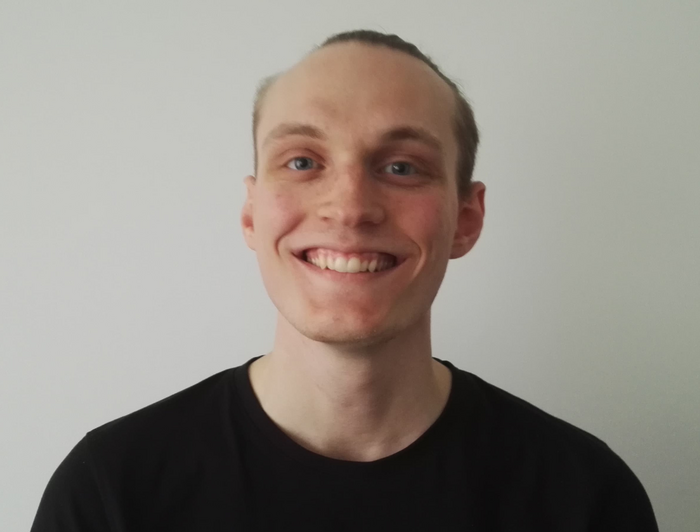Weird quantum effects like quantum tunneling, superposition, and entanglement become more evident as the size of current technology shrinks down to the nanoscale. This ushered in a new era of quantum technologies that allowed for the exploitation of quantum effects.

Image Credit: Untitled Title/Shutterstock.com
A pacemaker is a prime example of a common technology that frequently employs feedback control since it must continuously monitor the user’s heartbeat and only apply electrical signals to control it when necessary. However, quantum feedback control is still not fully understood by physicists.
A “master equation” has now been created by physicists receiving funding from FQXi that will aid engineers in comprehending feedback at the quantum scale. Physical Review Letters has published the findings.
It is vital to investigate how feedback control can be used in quantum technologies in order to develop efficient and fast methods for controlling quantum systems, so that they can be steered in real time and with high precision.
Björn Annby-Andersson, Study Co-Author and Quantum Physicist, Lund University
Quantum error correction is an illustration of an important feedback-control procedure in quantum computing. A quantum computer stores information on actual qubits, which might be, for example, atoms or light photons. However, due to the qubits’ fragile quantum characteristics, it is possible that if they are jarred by vibrations or fluctuating electromagnetic fields, the encoded information will be lost.
Therefore, physicists must be able to recognize and fix such mistakes, for example, by utilizing feedback control. By monitoring the qubits' state and using feedback to rectify any deviations from expectations that are found, this error correction can be put into practice.
However, because of the fragility that physicists are attempting to counteract, feedback control at the quantum level poses special difficulties. Due to its fragile nature, the system could be destroyed even by the feedback process.
“It is necessary to only interact weakly with the measured system, preserving the properties we want to exploit,” adds Annby-Andersson.
Therefore, it is crucial to build a complete theoretical knowledge of quantum feedback control to determine its basic bounds. However, the majority of the theoretical models for quantum feedback control currently in use rely on computer simulations, which normally can only produce precise findings for particular systems.
It is difficult to draw general, qualitative conclusions. The few models that can provide qualitative understanding are only applicable on a narrow class of feedback controlled systems—this type of feedback is typically referred to as linear feedback.
Björn Annby-Andersson, Study Co-Author and Quantum Physicist, Lund University
“Pen and Paper”
A “Quantum Fokker-Planck equation” created by Annby-Andersson and his associates allows physicists to follow the development of any quantum system over time with feedback control.
The equation can describe scenarios that go beyond linear feedback. In particular, the equation can be solved with pen and paper, rather than having to rely on computer simulations.
Björn Annby-Andersson, Study Co-Author and Quantum Physicist, Lund University
The group put their equation to the test by using a straightforward feedback mechanism. This revealed how energy may be captured in tiny systems using feedback control and confirmed that the equation yields physically plausible outcomes.
“The equation is a promising starting point for future studies of how energy may be manipulated with the help of information on a microscopic level,” states Annby-Andersson.
Funding from the Foundational Questions Institute, FQXi, is used in part to fund the study and associated experiments.

Björn Annby-Andersson. Image Credit: Björn Annby-Andersson.
Peter Samuelsson, co-author, FQXi member, and a quantum physicist at Lund University says, “It is a great example of a successful collaboration between two different teams based at the University of Maryland, College Park, and at Lund University.”
The group is currently looking at a method for controlling energy in “quantum dots”—tiny semiconducting crystals just billionths of a meter across—by using feedback.
Annby-Andersson adds, “An important future direction is to use the equation as a tool for inventing novel feedback protocols that can be used for quantum technologies.”
The study was partially supported through FQXi’s Information as Fuel program.
Journal Reference:
Annby-Andersson, B., et al. (2022) Quantum Fokker-Planck Master Equation for Continuous Feedback Control. Physical Review Letters. https://journals.aps.org/prl/abstract/10.1103/PhysRevLett.129.050401